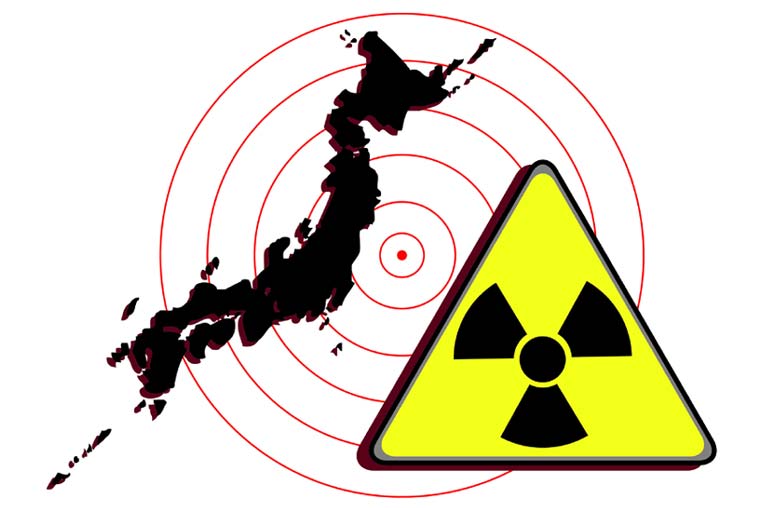Update on the nuclear meltdown and the dangers of contaminants from the radioactive fallout harming the local population
Just how much worse can things get for Japan? Quite a lot worse, according to the latest news reports focusing on the potential radiation leak currently threatening the population. Two nuclear reactor plants based in Fukushima, on the Japanese north-east coast, are on the brink of nuclear meltdown as a direct result of architectural destabilisation caused by the recent Earthquake.
The word ‘meltdown’ does not conjure up images of easily-manageable, minor technical faults. The crisis situation threatening the Japanese population wouldn’t sound out of place in a Bruce Willis film; how bad is the Fukushima situation really, and are the Japanese genuinely under threat of radiation poisoning or is the phrase ‘nuclear meltdown’ simply a melodramatic descriptive word employed by the Media to boost sales and promote interest in the story?
Fukushima, a prefecture located in the town of Okuma to the North of Tokyo, is a nuclear power facility managed by the Tokyo Electric Power Company. Japan, a country thought to be architecturally earthquake-proof, could not have anticipated the magnitude of the Sendai earthquake, nor could it have predicted quite how destructive the subsequent Tsunami could have been. Despite the unpredictable nature of natural disasters, the dangers of nuclear power and the responsibility of those who wield it has been called into question.
Of the three nuclear reactors (giant holding-pens for radioactive chemicals which control, prevent and manage nuclear reactions) based at Fukushima, two of the three have now gone into meltdown. So what does a meltdown involve, exactly? A nuclear reaction or explosion essentially involves the exposure of two highly unstable, reactive elements (Uranium, a radioactive metallic element which generates large amounts of energy as it decays), and the main difference between a nuclear ‘explosion’ and a nuclear ‘reaction’ is essentially the degree and manageability of the reaction in question.
Nuclear power plants are essentially steam plants run by nuclear ‘fuel’. As much as 16% of the world’s power comes from nuclear reactors, and these reactors do have their advantages (minimal environmental impact provided of course that the reactor remains stable). Nuclear power produces energy when Uranium is split apart; this action occurs when Uranium comes into contact with a stray Neutron and a massive reaction is set off. Because the reactive qualities of Uranium are so extreme, nuclear reactors are designed specifically to control and minimise the extent of this reaction.
In Japan, the populace surrounding the Fukushima plants has been largely evacuated. The danger of the meltdown is essentially the unpredictability of nuclear radiation; controlled releases have been made by those managing the faulty reactor, but essentially the main concern is that further, uncontrolled, radiation leakage may take place. The fallout from the Sendai earthquake has raised the controversial question of nuclear power and highlighted the unpredictability of nuclear processes.
The Japanese government has reported that residents living within a twenty km radius of the Fukushima plant have been evacuated, and that those living within a thirty km radius should remain indoors and avoid opening windows or switching on ventilating equipment to avoid attracting and spreading radioactive contaminants. The country's prime minister Naoto Kan said in a statement that the radiation levels measured along the eastern coast of Japan had "risen considerably". There were also reports of increased radiation levels in Tokyo, over 100 km away from the danger zone.
The Japanese Government have made it clear that the radiation levels are now at a level which can damage health; plant workers have been mostly evacuated, except 50 workers who remain on site, battling to control the explosions and minimise radiation fallout. The remaining workforce is attempting to cool the functioning reactor down in a bid to avoid further destabilisation. The dangers have called into question the safety of nuclear power facilities, and have underlined the very real threat that radioactive elements pose even when contained within an allegedly secure environment.















